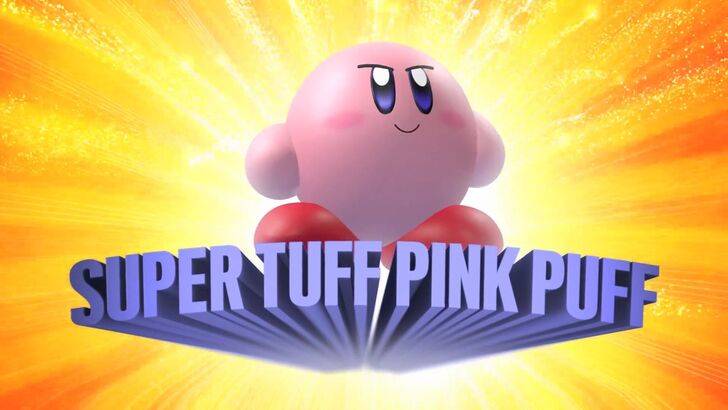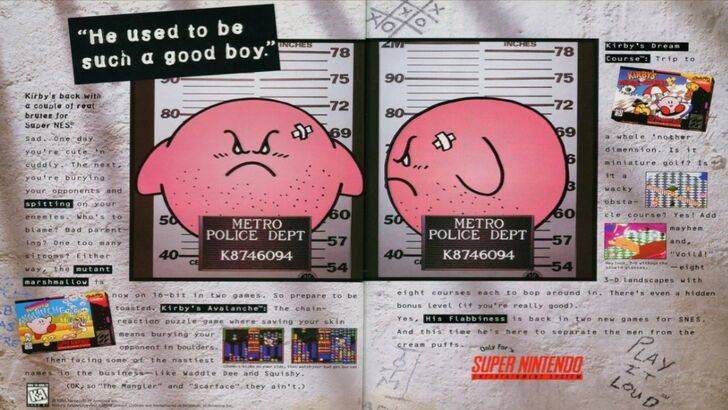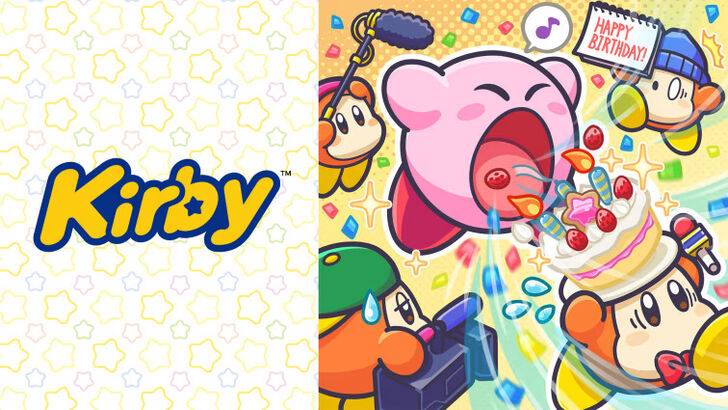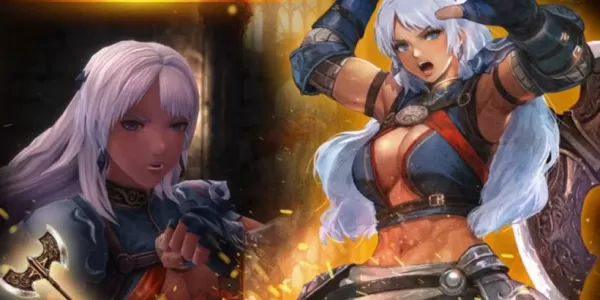The Evolution of Kirby's Image: From "Angry Kirby" to Global Consistency

This article explores the fascinating evolution of Kirby's marketing and localization, focusing on the differences between his Japanese and Western portrayals. Former Nintendo employees shed light on the strategic decisions behind the changes, revealing a shift from regionally specific marketing to a more globally consistent approach.
The "Angry Kirby" Phenomenon

Kirby's Western image, often dubbed "Angry Kirby," wasn't about portraying anger, but rather projecting determination. Leslie Swan, a former Nintendo Localization Director, explains that while cute characters resonate universally in Japan, a tougher aesthetic appealed more to Western tween and teen boys. Shinya Kumazaki, director of Kirby: Triple Deluxe, corroborates this, noting that while cute Kirby draws broad appeal in Japan, a "strong, tough" Kirby resonates more in the US. However, he also points out that this varied by title, with Kirby Super Star Ultra featuring a tougher Kirby on both US and Japanese box art.
Marketing Kirby as "Super Tuff Pink Puff"

Nintendo's marketing strategy aimed to broaden Kirby's appeal, particularly among boys. The "Super Tuff Pink Puff" campaign for Kirby Super Star Ultra exemplifies this. Krysta Yang, a former Nintendo of America Public Relations Manager, highlights Nintendo's desire to shed its "kiddie" image and embrace a more "adult/cool" factor, acknowledging that the "kiddie" label was detrimental to sales. This led to a focus on Kirby's combat abilities in marketing, aiming to attract a wider age range. While recent years have seen a push for a more well-rounded character portrayal, Kirby's cuteness remains his primary association.
Regional Variations in Localization

The divergence in Kirby's image began early. The infamous 1995 "Play It Loud" mugshot advertisement and subsequent variations in box art, featuring sharper eyebrows and more intense expressions, are prime examples. Even Kirby's color was altered; the original Kirby's Dream Land for Game Boy featured a ghostly white Kirby in the US, due to the Game Boy's monochrome display. This was later rectified with Kirby's Adventure on the NES, but the damage was done. The decision to shift Kirby's facial expressions in US box art was a conscious attempt to boost sales among a broader audience. More recently, however, marketing has become more consistent globally.
A More Global Approach

Both Swan and Yang agree that Nintendo has adopted a more globalized approach. Closer collaboration between Nintendo of America and its Japanese counterpart has resulted in more consistent marketing and localization strategies. The company is actively moving away from regional variations and aiming for a unified brand image. While this ensures consistency, Yang acknowledges the potential downside of losing some regional nuances, potentially leading to "bland, safe marketing." The current trend, however, reflects the broader globalization of the gaming industry and a growing Western familiarity with Japanese culture.














